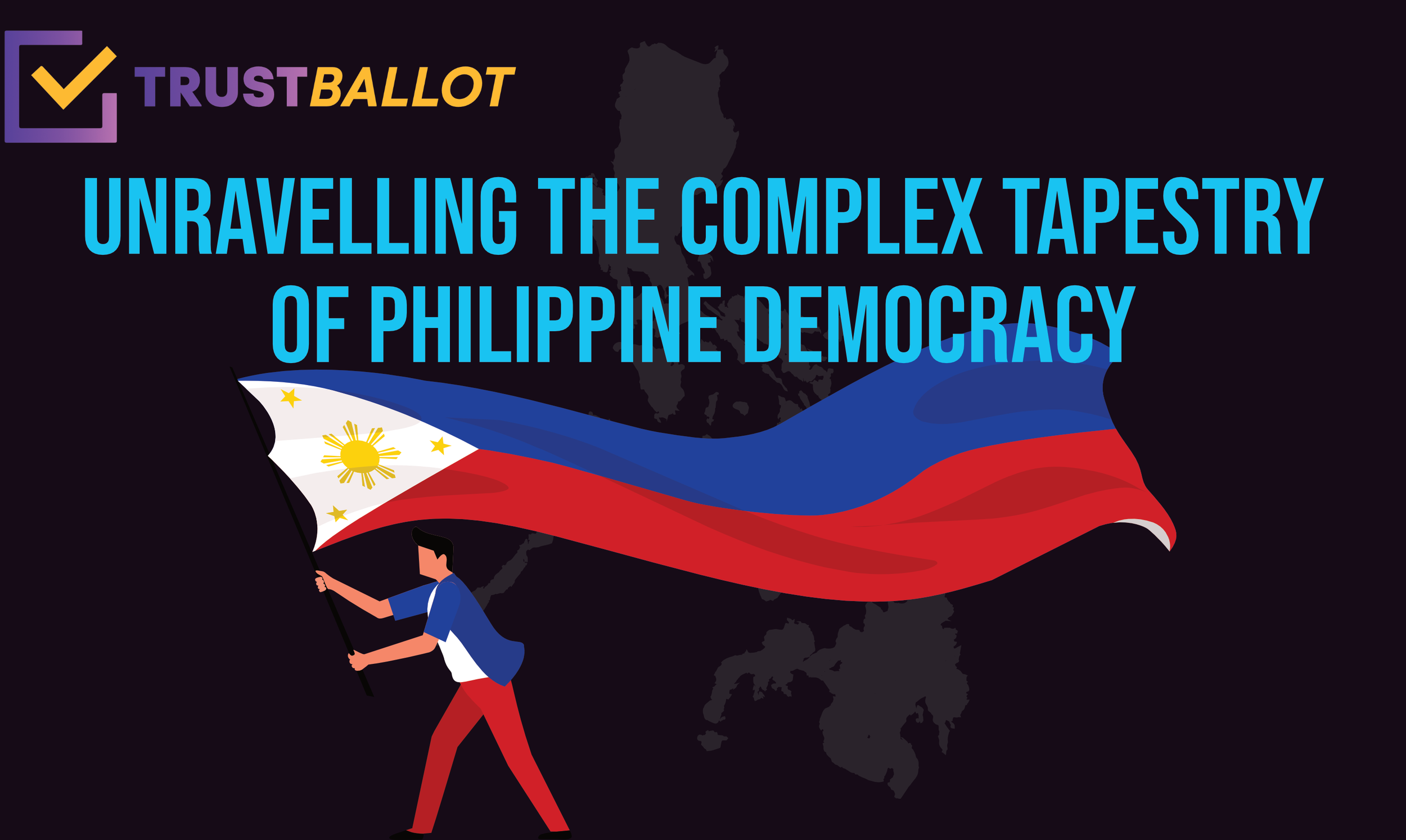Unravelling the Complex Tapestry of Philippine Democracy
In any vibrant democracy, elections stand as the linchpin, enabling the voice of the people to reverberate through the corridors of power. This foundational principle was tested during the recent village leader vote in the southern Philippines. The unfortunate deaths of three individuals and a history marked by poll-related confrontations serve as stark reminders of the fragility of this democratic exercise in certain contexts.
The intricacies of the Philippines' political landscape become evident when considering the weight these village elections carry. While they pertain to the lowest-level government unit, their implications ripple through the political hierarchy. They're not merely about electing local leaders; they lay the groundwork for larger political ambitions, forming essential grassroots networks for political parties. Considering the pivotal role these positions play in the political landscape, the intense competition over them, occasionally escalating into violent altercations like those witnessed in Maguindanao del Norte and Lanao del Norte provinces, is sadly expected.
Such acts of violence, beyond their direct and heartbreaking toll on human lives, deeply challenge and impact the democratic principles upon which a nation stands. In Manila, for instance, despite the shadow of potential unrest, voters like Rosemarie Garcia from the Tondo neighborhood highlighted the importance of these elections. Their sentiments capture the essence of democracy: the desire for accessible and approachable representation. However, when violence disrupts this process, it leaves communities grappling with fear, mistrust, and the possibility of unrepresentative leadership.
Nationally, the situation raises concerns over stability. With over 300,000 security personnel deployed across more than 42,000 villages and a disturbing increase in confirmed incidents of election-related violence, there's a pressing narrative of a nation under electoral siege. Recollections of the 2009 Maguindanao massacre, where 58 people tragically lost their lives, only exacerbate these concerns.
Addressing the heart of the issue requires multifaceted strategies. Enhanced security measures, while crucial, must be complemented by efforts that address the roots of such unrest. Public awareness campaigns are vital in such contexts. They can emphasize the collective benefits of peaceful elections and the detriments of violence, perhaps preventing future tragedies.
Reform is another pillar in this strategy. The backdrop of lax gun laws and a political culture marred by violent undertones calls for introspection and change. Addressing these systemic issues, coupled with ensuring regular electoral schedules – a lapse highlighted by the long gap since the last village vote in 2018 – can pave the way for more stable and peaceful elections.
Reflecting on the Philippines' village elections, one thing becomes abundantly clear: preserving the sanctity of the electoral process isn't just a matter of national concern but a global imperative. Democracies, near and far, must continually strive to ensure that their citizens can voice their opinions without fear, in an environment of trust and safety.

